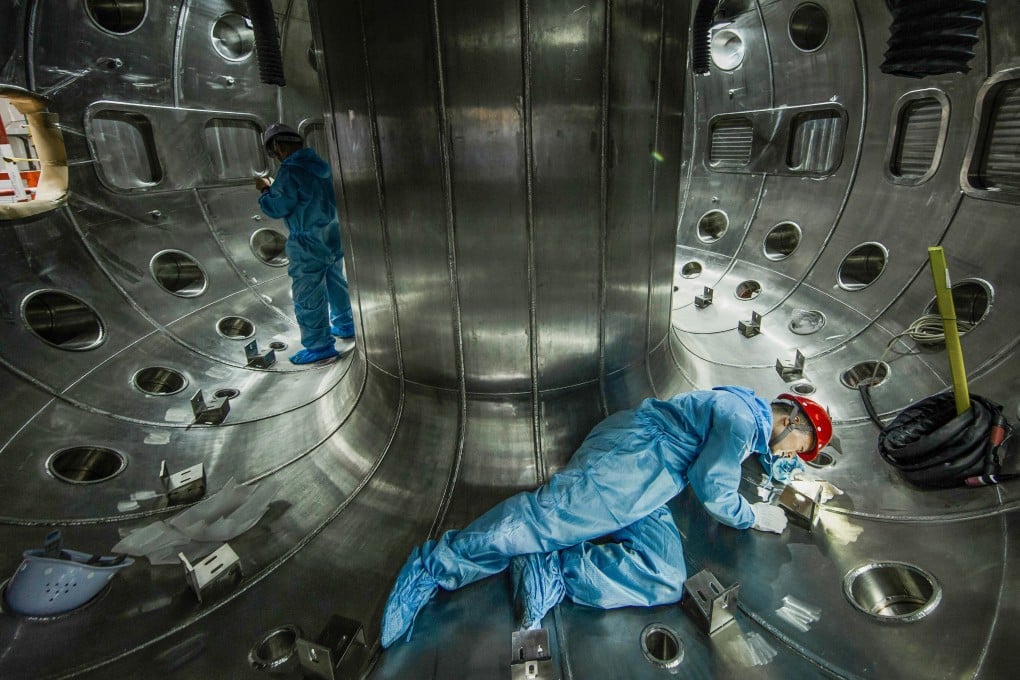Are China’s export control law and the RCEP pulling in different directions? Not quite
- Even as the world’s largest free-trade deal was being negotiated, China was drafting its export control law. This indicates that while Beijing is emphasising economic integration within Asia, its position is more defensive towards countries further afield

After the agreement takes effect, which could be as early as mid-2021 depending on it being ratified by several countries, more than 90 per cent of the goods trade in the region will eventually achieve zero tariffs. According to estimates by international think tanks, by 2030, the RCEP is expected to drive a regional net increase of US$519 billion in exports and US$186 billion in national income each year.
Importantly, the law has an extraterritorial ambit. It requires Chinese exporters and their overseas-based clients, whether businesses, organisations or individuals, to comply with the law or be subject to financial and other penalties in cases of endangering China’s security or interests. It also applies to countries or regions which pose a risk to these interests.

03:29
RCEP: 15 Asia-Pacific countries sign world’s largest free-trade deal
